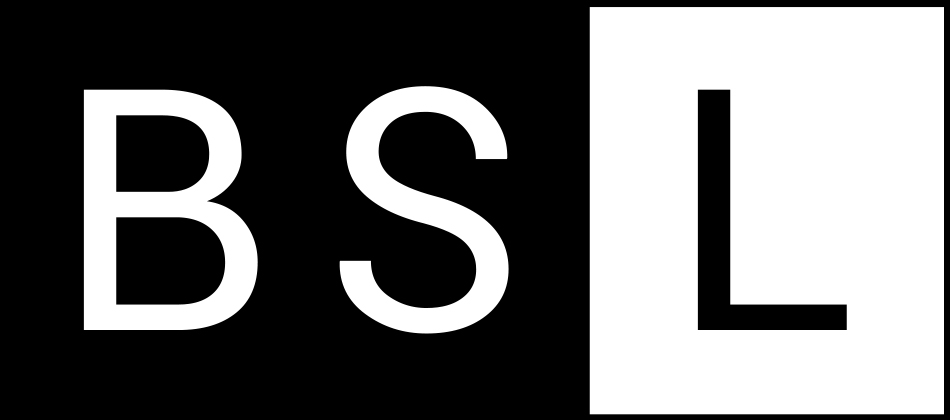Journal Paper: Peer reviewed
Building indeterminacy modelling – the ‘ZCB Bamboo Pavilion’ as a case study on nonstandard construction from natural materials
by Crolla K.
ABSTRACT | If unprocessed natural materials are the most environmentally friendly construction materials available, how do we develop and communicate design model and construction information that allows dealing with their volatile indeterminacies?
KEYWORDS | High-tech versus Low-tech; Protocol for Error; Bamboo Architecture; Bending-active Gridshell; Form-finding; ZCB Bamboo Pavilion; Participatory Action Research; Reflective Practice
DOWNLOAD | https://doi.org/10.1186/s40327-017-0051-4
CITATION |Crolla, Kristof. “Building indeterminacy modelling – the ‘ZCB Bamboo Pavilion’ as a case study on nonstandard construction from natural materials,” Visualization in Engineering, 5:15 (December 2017)





